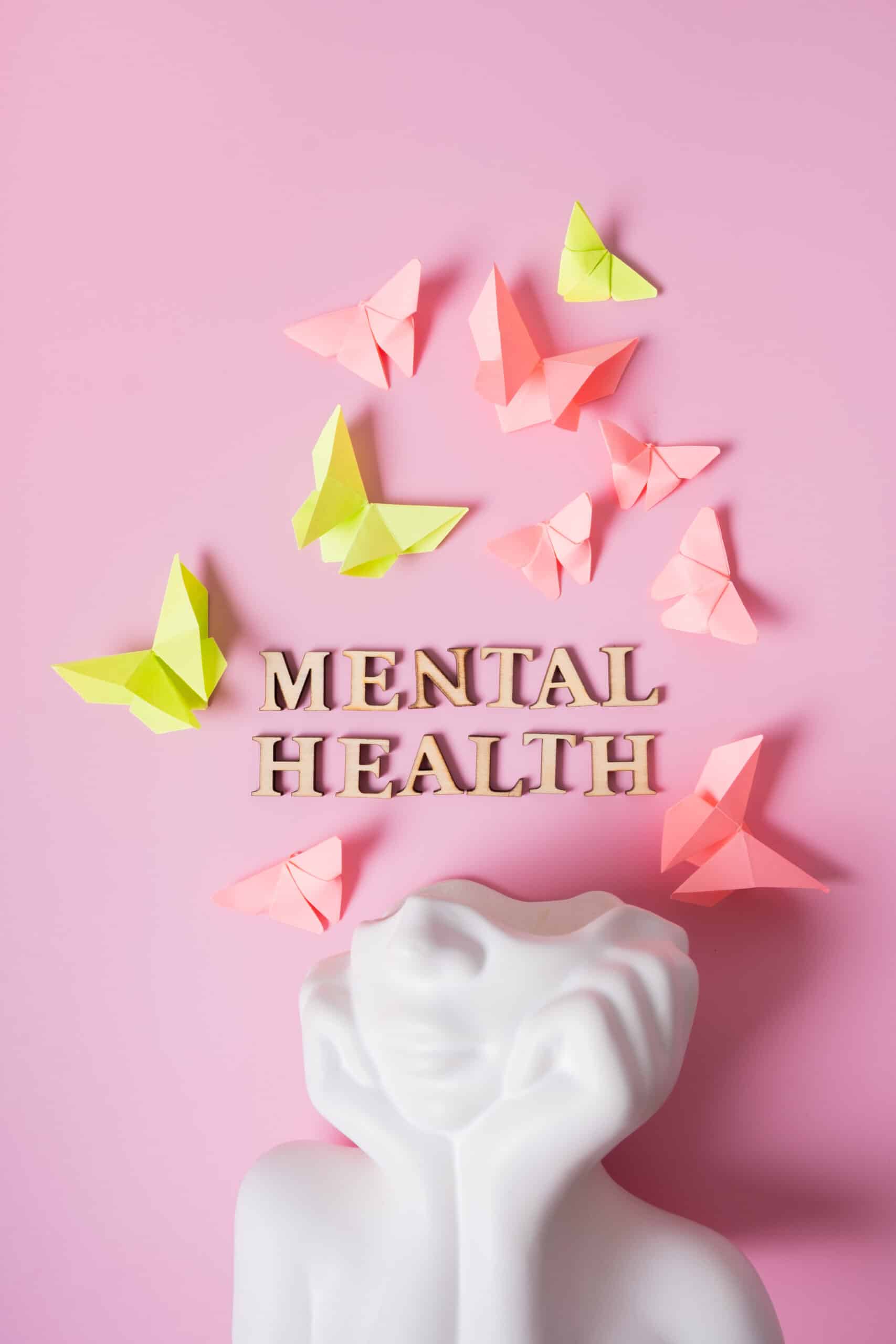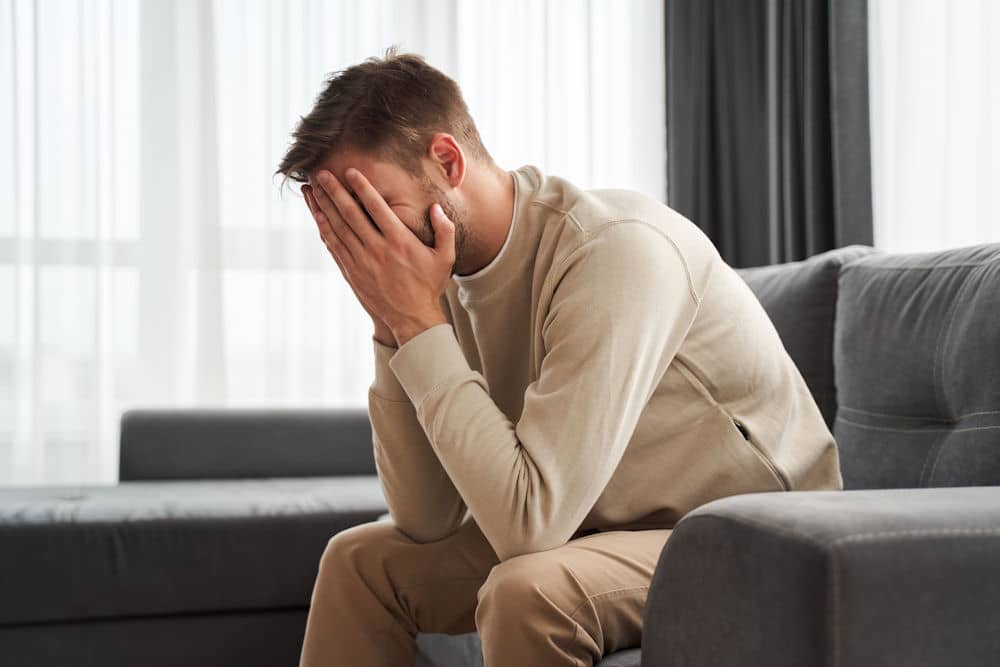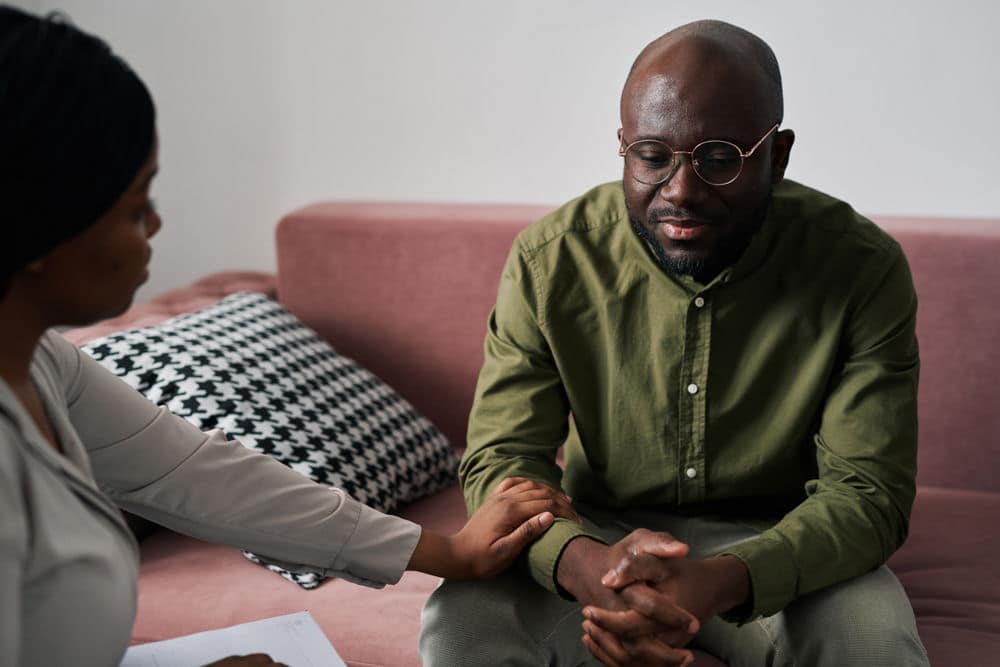Club drugs are known for their wide-spread use at parties, raves, concerts, dance clubs, and night clubs. These events are comprised of music, dancing, friendship, and extravagant events or light shows that may last throughout the night. As a result, some people take stimulant or psychedelic drugs to enhance their experiences and promote sociability and euphoria.
These drugs are known to increase people’s sense of empathy so that they connect with others around them. Furthermore, many popular club drugs have psychoactive effects that distort colors, sounds, and perceptions. Lastly, many club drugs keep people awake for hours on end – allowing them to have more energy throughout the event they are attending.
However, despite the popularity of club drugs, there are many dangers associated with abusing these substances. For instance, many club drugs are manufactured in clandestine laboratories and are bought and sold on the streets. As a result, many substances are cut with other unknown substances that can pose harm to the body or increase the risk of overdose. In addition, people at raves or night clubs are usually dancing for extended periods of time in hot venues. If they’re taking a stimulant, their heart rate and perspiration will increase even more – leading to a risk of dehydration.
Table of Contents
ToggleMost Popular Club Drugs
Despite the risks of abusing club drugs, teenagers and young adults commonly take these drugs recreationally. Let’s take a look at some of the most popular club drugs and what dangers are associated with each.
MDMA/Ecstasy
MDMA or Ecstasy is one of the most popular club drugs out there because it’s widely known to enhance a person’s party or rave experience. The drug has energizing and psychoactive effects, therefore, altering people’s senses to be more receptive to touch, sound, sight, and even emotions. People who take MDMA or Ecstasy will generally feel a strong wave of euphoria followed by several hours of energy.
MDMA is an illicit substance that usually comes in a powder form. Some drug dealers press the powder into tablets, combining MDMA with other unknown substances, to make Ecstasy. Not only are these substances dangerous because you don’t know exactly what you’re getting, but MDMA/Ecstasy abuse can also lead to:[1]
- Hypothermia or dehydration (especially if mixed with alcohol or a long night of dancing)
- Anxiety, restlessness, or irritability
- Headache, sweating, chills, or hot flashes
- Impulsivity and poor decision-making abilities
- Irregular heartbeat, hypertension, or other adverse effects on the central nervous system
Ketamine
If you haven’t heard of ketamine as a club drug, you might have heard of it due to recent medical breakthroughs using the drug to treat severe depression. In low doses, ketamine acts as a sedative similar to opioid painkillers but, when abused, the drug has psychoactive effects. The substance is known to cause hallucinations and distorted perceptions.
While some people take ketamine to enhance their nightclub experience, it’s also known as a date-rape drug because it’s effects can make people feel out of touch with themselves and their surroundings. Some people have trouble speaking or even moving while taking ketamine, making it a particularly risky drug. This phenomenon where people feel as though they can’t move is referred to as a “k-hole.”[2]
Other dangerous side effects of ketamine include:
- Blurry vision
- Chest pain or shortness of breath
- Confusion
- Problems swallowing
- Fast or irregular heartbeat
- Sweating
- Anxiety or nervousness
LSD
LSD is one of the most popular hallucinogens known for producing vivid auditory and visual hallucinations. As a psychedelic, the drug alters people’s sense of feelings and reality, so it’s commonly used as a club drug. Although it’s highly unlikely that you’ll overdose on LSD itself, you might have a bad trip, where you experience any of the following side effects:[3]
- Anxiety
- Flashbacks
- Panic attacks
- Paranoia
- Psychosis
- Seizures
A good trip can turn bad quickly, which is why it’s so dangerous to use LSD at a nightclub or rave. Not only are you surrounded by a lot of unfamiliar people, but it can lead to sensory overload – causing the trip to seem unbearable.
GHB
GHB is structurally similar to MDMA, producing similar effects. It’s known for causing euphoria and promoting connectivity to others. In some cases, GHB is even used in the medical community to treat narcolepsy. However, when taken in high doses, the drug becomes a depressant that leads to drowsiness, slow breathing, and memory loss. It also comes in the form of a colorless and odorless liquid so it’s easy to mix into alcoholic beverages. As a result, GHB is also known as a date-rape drug.[4]
As a depressant in high doses, GHB is particularly dangerous when mixed with other depressants, such as benzodiazepines or alcohol. Taking too much GHB or mixing it with another substance can result in a dangerous or potentially fatal overdose.
Rohypnol
Rohypnol is a strong benzodiazepine that acts similar to Valium. In rare cases, it’s used to treat severe insomnia, but most uses of the drug are illegal. Even though Rohypnol is considered a popular club drug, it is a central nervous system depressant known for causing impaired coordination or drowsiness. In high doses, it leads to memory loss and even a loss of consciousness – making Rohypnol another popular date-rape drug known as “roofies.”
Like other benzodiazepines, mixing Rohypnol with alcohol or other depressants is extremely dangerous and can lead to a potentially fatal overdose. It’s also known to lead to the following adverse side effects:[5]
- Dizziness and loss of motor control
- Decreased reaction time
- Impaired judgment and lack of coordination
- Confusion
- Slurred speech
- Memory loss
- Respiratory depression
Furthermore, long-term abuse of this drug can lead to dependence and addiction, requiring professional substance abuse treatment.
Methamphetamine
Methamphetamine, also known as crystal meth or ice, is known as a highly addictive and powerful stimulant drug. Since it provides people with hours of energy and feelings of superiority, it’s also a popular club drug. However, meth is known to cause devastating short-term and long term effects, such as:[6]
- Itching or picking at the skin
- Hypertension, increased heart rate, and increased body temperature
- Anxiety, confusion, and paranoia
- Mood swings
- Violent or aggressive behaviors
- Hallucinations or stimulant-induced psychosis
- Dental problems
When taken in high doses, it can make people extremely paranoid in large groups and cause them to make bad decisions. Moreover, when mixed with dancing, sweating, and dehydration, the risks of meth when taken as a club drug become even more severe.
Help for Club Drug Abuse
While the majority of the most popular club drugs, aside from Rohypnol and meth, aren’t considered highly addictive, they are extremely dangerous when abused. Furthermore, people can become addicted to virtually anything – even if the substance isn’t physically addictive. If you or a loved one is abusing club drugs and needs help learning how to stop, contact our addiction specialists in Fort Lauderdale today.
References:







